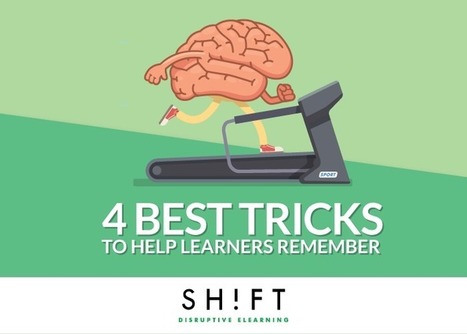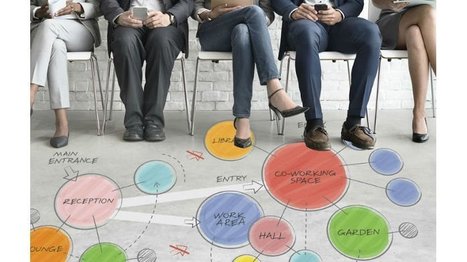An APA group has condensed the scientific literature into an easy-to-use resource for PreK–12 teachers.
Psychological science has much to contribute to enhancing teaching and learning in the everyday classroom by providing key insights on:
* Effective instruction.
* Classroom environments that promote learning.
* Appropriate use of assessment — including data, tests, measurement and research methods that inform practice.
We present here the most important principles from psychology — the Top 20 — that would be of greatest use in the context of pre-K to 12 classroom teaching and learning. We encourage consideration and practice of the Top 20 throughout all teacher preparation programs to ensure a solid foundation of psychological knowledge in pre-K to 12 instruction





 Your new post is loading...
Your new post is loading...












